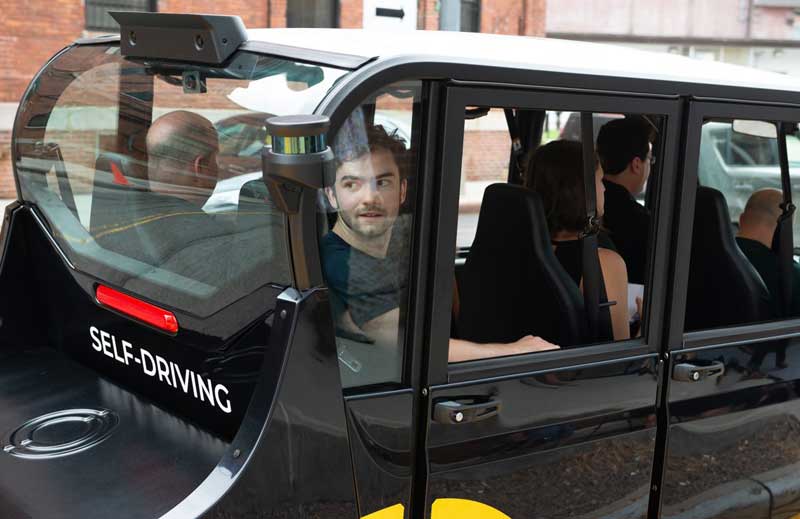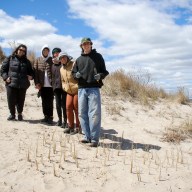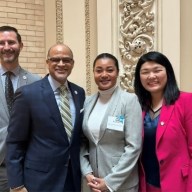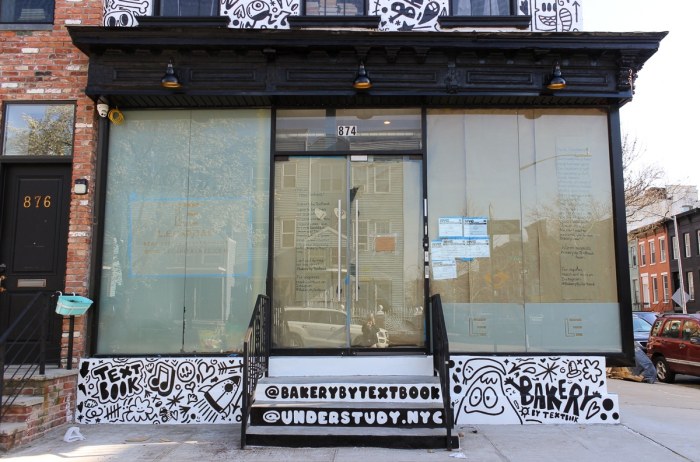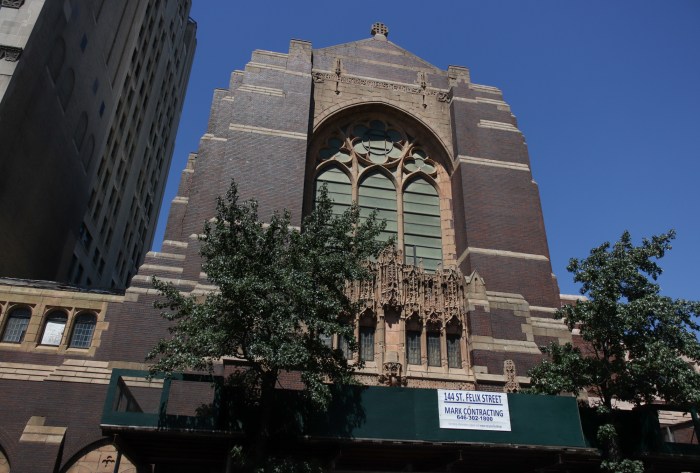Call it a pilot-less program.
The state’s first self-driving cars rolled out at the Brooklyn Navy Yard Tuesday, offering workers and the general public free rides around the sprawling Flushing Avenue industrial space, according to the company behind the automatons.
“We’re actually solving a real problem,” said Ryan Chin, the chief and co-founder of Boston-based company Optimus Ride. “It’s 300 acres and it’s really hard to get from this side of the yard to the other side of the yard.”
The six-seater cars run on a continuous loop from the Navy Yard’s recently opened ferry stop to its Cumberland Street gate on weekdays and to Building 77 at Vanderbilt Avenue on weekends from 7 a.m. to 10:30 p.m.
The half-dozen driverless shuttles travel up to 25 miles per hour, but will stick within the yard’s 15 miles per hour speed limit, according to Chin.
Each car comes equipped with a whiz-bang array of different sensors, including laser beams and satellite navigation to register its surroundings.
Ironically, each car will also come standard with two human engineers — twice as many as a normal car — who will sit in the driver and passenger seat to intervene in case the machine malfunctions, the techie said.
“Of course safety is the first priority,” said Chin. “We haven’t had any incidents at all since we started the company and we try to be very rigorous in our engineering practices and operation practices.”
The sensors also pick up any moving objects, from other cars to pedestrians, cyclists, and even animals, according to Chin.
The company spent two weeks mapping out the entire Navy Yard and plans to collect data from the thousands of trips its cars will make there and at a handful of other sites in three other states across the country, before eventually moving the two staff members out of the car to monitor their fleet of robo-shuttles from a command center, according to Chin.
For cyclists, the vehicles also feature a bike rack and the company plans to make them wheelchair accessible sometime soon, according to Chin.
“There are wheelchair accessible kits already that we will be implementing,” he said.
This reporter lives in abject fear of the robots’ inevitable revolt against humanity, but nonetheless chose to put my life in the hands of a cold, unfeeling machine in the name of journalism.
The car’s glacial speed makes for a fairly unexciting trip through the Kings County tech hub — right up until a phantom hand guides the driver’s wheel into an eerie right-hand turn, and I begin to suspect the robot revolution is nearer than I first anticipated.
But Chin claims it will take about a decade before cars are intelligent enough to safely expand beyond the gates of the Navy Yard and onto the streets of Brooklyn, and even longer before they start feeling emotions.
“Just imagine if you had to drive through Times Square in a blizzard and someone says to you, “I want to go to Boston,” it’s very difficult to do that, there’s no company that can do that today,” Chin said. “If you’re talking about the ability to drive in every location in New York under every weather condition, our view is that that’s probably a decade away from now.”




